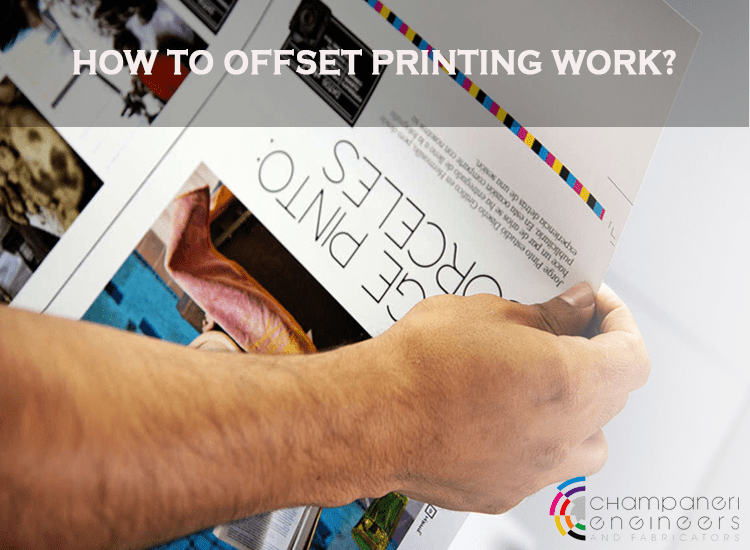-
bkmr2027@gmail.com -
View Mobile Number - Send SMS
- Send Email
- GST No. 24ABNPC6293K1ZC
How Offset Printing Works?

Offset refers to the fact that the image is not transferred from a lithographic printingplate to a sheet of paper. Instead the inked image is transferred (or offset) from the printing surface to a rubber blanket and then to the printing surface.
In offset-lithography, the paper does not come into direct contact with the printing plate. Instead, the image is transferred to a rubber roller. Lithography is used for medium and long print runs of products such as magazines, posters, packaging and books.
Offset printing is the dominant industrial printing technique – used for printing a wide range of products such as cards, stationery, leaflets, brochures, magazines, and books. It can also be used for packaging such as boxes or cartons. This page provides more information about this technique. For an overview of other printing processes, check this page.
The full name of the offset printing process is offset lithography. Both terms each describe part of the process:
Lithography is a printing process in which the image area and the non-image area co-exist on the same plane. That means the surface from which you print is completely flat. This is feasible because of a very useful chemical principle: offset printing ink is an oily substance, which means it repels water. If you can create a surface on which some parts contain a thin layer of water, those areas will repel ink. The image areas need be lipophilic (or oleophilic) – they accept ink – while the non-printing areas need to be hydrophilic – they are repellent to oil and receptive to water.
Some offset litho presses do not use a water-based dampening system but instead use printing plates on which a silicone layer repulses the ink. These are called dry offset or waterless offset presses.
Offset refers to the fact that the image is not transferred from a lithographic printing plate to a sheet of paper. Instead the inked image is transferred (or offset) from the printing surface to a rubber blanket and then to the printing surface. The process can be used to print on paper, cardboard, plastic or other materials, but these have to have a flat surface.
Contact Us
Champanery Engineers And Fabricators
Plot 726, II Phase, New G.I.D.C, Gundlav, Valsad, Gujarat - 396035, India
Call Us : View Mobile Number